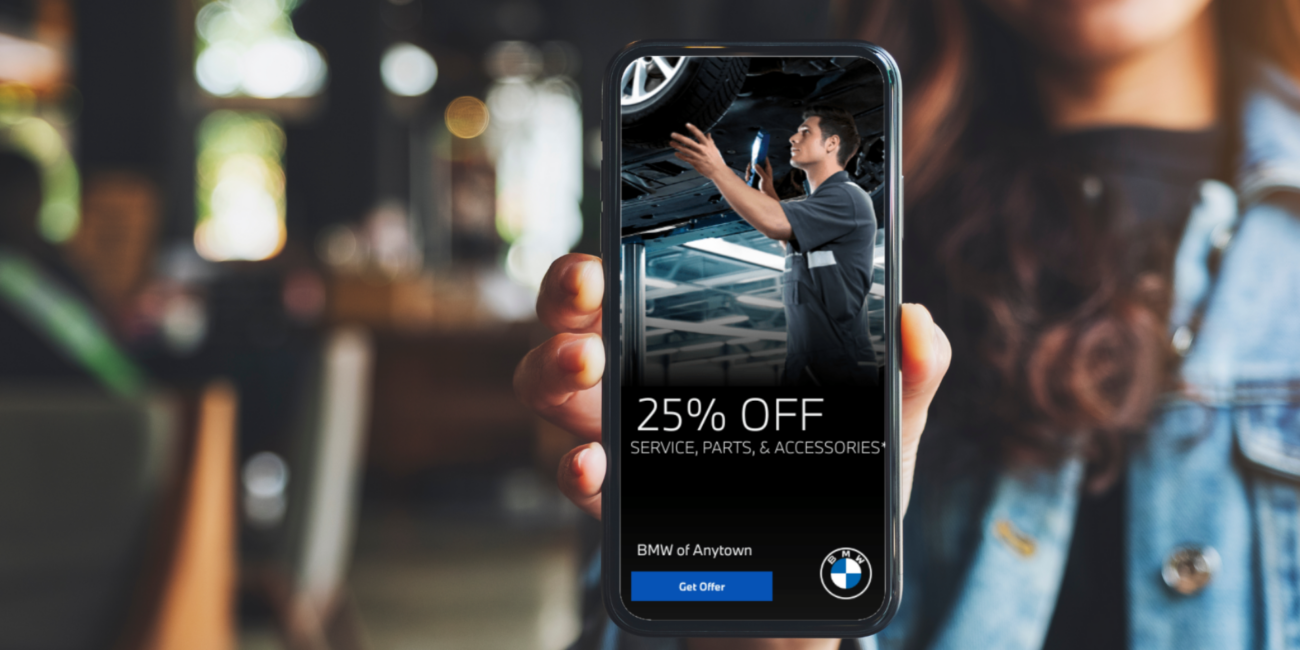Whether you sell products or services to local or international customers, digital marketing can be a powerful and effective way to drive new customers to your business. The problem is it can also be expensive. Without a winning digital marketing strategy, you could see a painfully low return on your investment.
This article shares critical strategies for search engine marketing (SEM) and how to create display ads that generate customers for your business.

Is Digital Marketing Worth the Investment?
According to HubSpot, 68% of marketers say paid advertising is “very important” or “extremely important” to their marketing strategy. In 2022, an estimated $616 billion were spent on digital advertising worldwide, and that number continues to climb. The global revenue from digital marketing is expected to surpass $1 trillion by 2027.
The art of effective marketing is to be visible to your potential customers. In today’s world, consumers are online. More than 74% of Americans purchased goods online in 2021, and that number has been steadily climbing.
The Nuts and Bolts of a Winning Display Advertising Strategy
Whether you use social media advertising, display advertising, or discovery advertising, there are four essentials to a winning SEM strategy. They are:
- Targeting the right audience.
- Making a compelling offer.
- Delivering an eye-catching message.
- Consistent testing to improve results
Here are the five steps to building your winning strategy.
1. Set Your Ad Goals and Budget
What do you want to achieve with your paid advertising? A crystal-clear goal is your guide to better results.
Your ad goal will impact your audience, your offer, and the type of ads you run.
While you may have specific goals, such as promoting a new product, driving traffic to a sales event, or building your email marketing list, your goal will fall under one of these three general categories:
- Build brand awareness
- Generate leads
- Make sales
Once you know the goal of your ad campaign, you want to set a budget. This helps you align your spending with your outcome.
How much is each new lead or sale worth to you? What will you get for each conversion, or what is the value of a new subscriber? Quantifying the value of your goal will help you set a winning budget.
Generally, you’ll run a pay-per-click (PPC) campaign, and your cost-per-click (CPC) will be the most important performance indicator. For example, If your goal is to generate leads, your budget could be $3,000 with a goal of 10,000 new leads at a CPC of $0.30.
If your goal is sales, you may want to measure conversions instead of clicks. For example, your budget may be $7,500 with a goal of 1,500 sales at a cost per conversion of $5 each.
For brand awareness campaigns, you can measure the effectiveness of your campaign through things such as:
- Likes
- Shares
- Comments
- New website visitors
When you’re clear about the goals and budget of your digital marketing campaign, you’re ready to start building the funnel.
2. Design a Sales Funnel
A sales funnel is the process a prospect or customer goes through, from the ad to the final action. For example, a lead may see the ad, click to be directed to a landing page, and then give your their contact information in exchange for a discount or free offer.
Your sales funnel should take your prospects step by step through the action you want them to take. It’s important to ensure that every step is consistent and that the action is clear to visitors.
If you run an ad and then send them to a public page of your website with no clear offer, most will click away and forget about you. Or, if the ad offers one thing, but they don’t see that same message when they click through, you’ll lose them.
Start your sales funnel with a step-by-step plan of the process you want prospects to follow. Then, you can build any pages, forms, or autoresponders you need.
3. Choose Your Advertising Platform
Where is your audience? Where are people searching for your product or service?
You don’t have to stick to a single advertising platform, but it’s a good idea to think about the ones you want to use. Here are several of your options and a brief description of their strengths.
Social Media Advertising
Social media advertising includes platforms such as Facebook, Instagram, TikTok, Pinterest, and LinkedIn. Each platform has different ad specifications and draws different audiences.
Social media marketing can be a great way to build brand awareness and drive targeted traffic to your website or landing page. Since many users are on social media to relax and engage with friends and interests, it’s a space where you can share compelling stories or appeal to your prospect’s personality.
Paid Search
Paid search is a text-only form of advertising. It displays at the top of a search page and looks like an organic result but has “Ad” in the heading.
Paid search is a way to reach people searching for specific terms or phrases. It’s a faster way to rank in the search results than organic SEO marketing and can provide targeted traffic.
Video Marketing
Video marketing is a dynamic way to grab shoppers’ attention. Rather than a single static image and headline, you can add movement, mood, color, and sound to your ad. Plus, people love watching videos. More than half of global internet users access YouTube every month.
You can also use video ads on social media platforms, and Google can show them across partner apps, depending on your audience and campaign goals.
Display Advertising
The most popular display advertising networks are Google and Microsoft (Bing), although Google commands the lion’s share of search traffic. Display ads are static images designed to build awareness of your brand or an offer.
Discovery Advertising
Discovery advertising on Google and Audience Ads on Bing are display ads that target people ready to engage.
Knowing your audience helps you choose the right marketing platform. If you want to reach men between 35 and 50, for example, you may use LinkedIn, YouTube, Google, Microsoft, or Facebook.
4. Identify Your Buyer’s Motivation
Now that you know your audience, goal, and platform, it’s time to get specific about what your target customer is looking for when they search for your product or service. Why are they motivated to search or buy? What problem are they trying to solve, or what desire are they trying to fulfill?
Unless you have a headline or offer that is relevant and motivating to your prospects, they are likely to scroll right past your ads. The most common reason that display advertising falls short is it’s not hitting the target customer in the gut.
So, how do you find that magic motivating factor? You can review what you know about your customers and the reasons they came to you to make a purchase. The most common method for creating a compelling offer is to develop a buyer persona or customer avatar.
A buyer persona is a person who represents your target audience. For example, if your product is geared toward men between 35 and 50, your buyer persona may be a 44-year-old man named Mike.
You don’t have to use a real customer, just an example. You would detail Mike’s job, marital status, financial situation, pain points, and desires. Then, write all the marketing for your digital advertising campaign for Mark. Doing this lets you know you are reaching out to the right audience.
If you are just getting into advertising and haven’t worked with customer avatars, you will want to develop three to test to discover the best results for your current offer and business.

5. Test Audiences and Offers
You are now ready to create and test your offers. You can test the same offer to each audience if you have more than one avatar.
If you really want to optimize your campaign, you can create and test two offers with each audience. For example, you might create one offer for people who are aware of a problem but haven’t found a solution yet. Then, you could create a second offer for people who know about the solution you offer and are searching for it.
Imagine you sell a sports car with outstanding trunk space. You could create one offer targeting men who want a sports car but are frustrated with the small trunk space. That offer would highlight the frustration of having a small trunk. The second offer would highlight the solution—this great car that is sleek and fast but also holds your stuff.
Testing your ads and audiences is a critical step toward the success of your ad. You could create a single offer and run it to a single audience with success, but it might significantly increase your results with testing.
Once you pick your winning ad, you can test it against other variations of the same offer to determine if you can improve its performance.
Reach Your Audience with Search Engine Marketing
Display advertising can be a steady source of new customers and income for your business. Whether you are new or have been around for decades, the right advertising gets you noticed by people who want and need what you offer.
If you are starting digital advertising for the first time or haven’t had much success, following these five steps will pave your path to success. Don’t rush the process; each step is there for an important reason.
Our team at J&L Marketing has vast experience in every format of digital marketing and can build and monitor your campaign from start to finish. To find out more, contact us.



